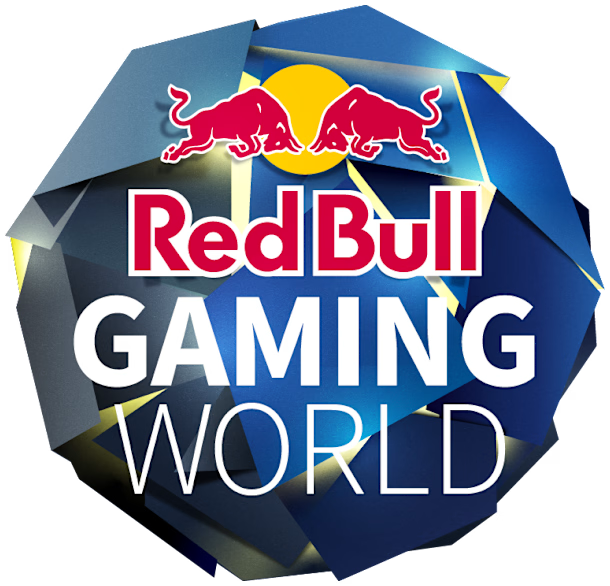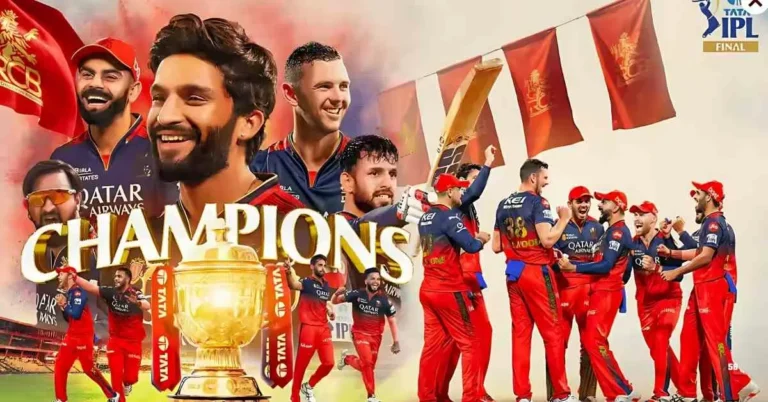How Red Bull Took Over Extreme Sports: Inside the World’s Boldest Sports Brand
Red Bull Extreme Sports: How One Energy Drink Took Over
When you think of Red Bull, you probably picture a slim can, wild energy, and maybe even a guy jumping out of space. But behind the caffeine and marketing slogans is a deeper truth: Red Bull isn’t just an energy drink. It’s the most influential brand in extreme sports.
From skateboarding to cliff diving, motocross to Formula 1, Red Bull extreme sports has become a global phenomenon. But how did a beverage company come to dominate some of the most daring sports on earth? Let’s dive into the bold branding, athlete sponsorship, and event ownership that turned Red Bull into a sports empire.
🧗 Red Bull’s Origin in Action
When Red Bull launched in the late 1980s, they didn’t follow traditional advertising methods. Instead of TV commercials or billboards, they infiltrated youth culture — starting with university students, party scenes, and eventually, the extreme sports underground.
Why? Because Red Bull understood that they weren’t just selling energy — they were selling adrenaline, rebellion, and edge.
By the early 2000s, Red Bull had shifted from sponsoring events to creating their own.
🏁 Red Bull Doesn’t Just Sponsor — It Owns
One of the boldest moves in Red Bull’s sports strategy is ownership over sponsorship. While most companies slap logos on athletes, Red Bull goes further by building entire sports platforms. Examples include:
Red Bull Rampage – One of the world’s most dangerous freeride mountain bike competitions.
Red Bull Crashed Ice – Downhill ice skating at high speed through obstacle courses.
Red Bull Flugtag – Homemade flying machines launched off piers into the sea.
Red Bull Cliff Diving World Series – Elite divers leaping from 27-meter platforms.
These aren’t just events — they’re experiences carefully crafted to reflect Red Bull’s identity: high risk, high intensity, and high excitement.
The Psychology Behind Red Bull’s Extreme Sports Strategy
The genius behind Red Bull extreme sports is emotional branding. Extreme sports are:
Visually thrilling
Emotionally intense
Youth-driven
Risk-oriented
By aligning with this subculture, Red Bull became more than a drink. It became a symbol of pushing limits, attracting a loyal audience that feels personally connected to the brand.
🚀 Red Bull Athletes: Built, Not Bought
Red Bull doesn’t just write checks — it builds careers. Athletes under Red Bull’s umbrella often receive:
Early support in their careers
Custom video content and documentaries
Personal branding opportunities
Access to Red Bull training facilities like the Red Bull Athlete Performance Center
Top athletes sponsored by Red Bull include:
Max Verstappen – Formula 1 World Champion
Travis Pastrana – Motorsports legend
Letícia Bufoni – Professional skateboarder
Felix Baumgartner – Skydiver who jumped from the stratosphere in 2012
This isn’t brand attachment — it’s brand integration.
🎥 Red Bull Media House: Sports + Storytelling
To amplify their reach, Red Bull built Red Bull Media House, a full-fledged content production company. Through jaw-dropping YouTube videos, documentaries, and live event coverage, Red Bull controls its narrative.
By creating viral, high-production sports content, Red Bull doesn’t just participate in the conversation — it leads it.
🌍 Global Impact: More Than Just a Drink
Red Bull’s involvement in extreme sports has ripple effects:
It shapes youth culture through aspirational athletes.
It brings global attention to niche sports.
It influences the business of sports marketing, setting new standards.
It gives underrepresented athletes a platform beyond the mainstream.
In short, Red Bull is not just watching extreme sports grow — it’s driving the movement.
🏁 Final Thoughts: Red Bull Isn’t Just in the Game — It Owns the Game
Through bold branding, strategic ownership, athlete partnerships, and media dominance, Red Bull has redefined how brands interact with sports.
It didn’t just find a niche — it built one.
If you’re a marketer, creator, or sports fan, Red Bull is the case study in how to turn a simple product into a lifestyle empire — fueled not just by caffeine, but by culture.
Red Bull extreme sports
Red Bull extreme sports
Red Bull extreme sports
Red Bull extreme sports
Red Bull extreme sports
Red Bull extreme sports
Red Bull extreme sports





